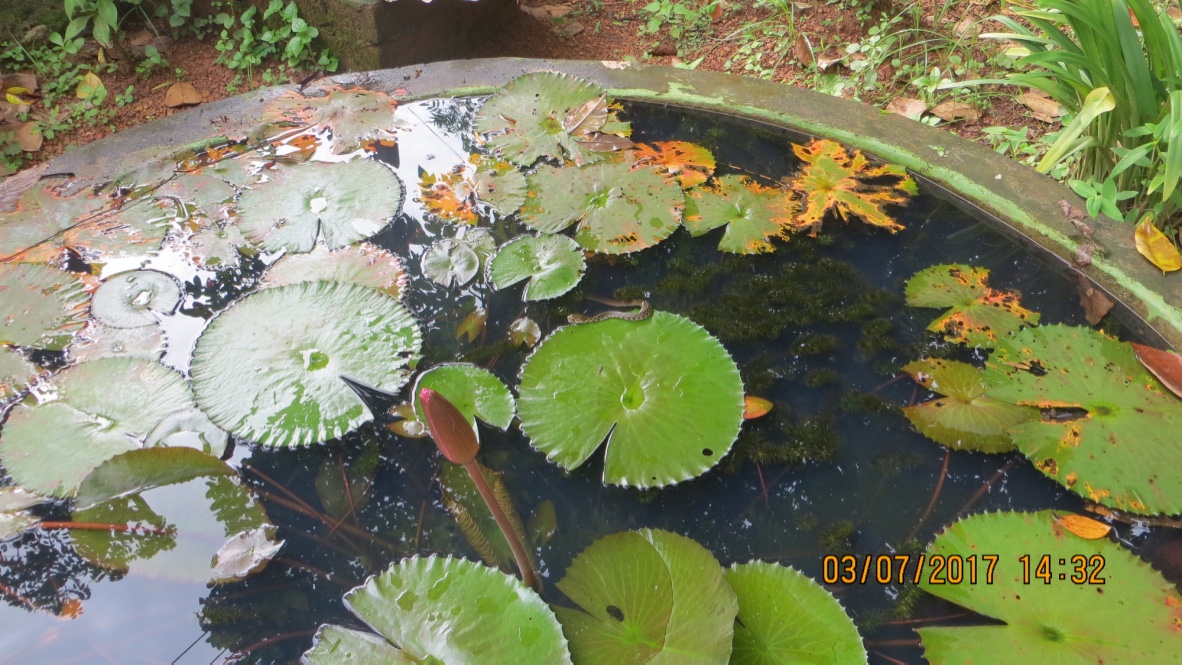The Technique
Vipassana, which means to see things as they really are, is one of India’s most ancient techniques of meditation. It was rediscovered by Gotama Buddha more than 2500 years ago and was taught by him as a universal remedy for universal ills, i.e., an Art of Living.
This non-sectarian technique aims for the total eradication of mental impurities and the resultant highest happiness of full liberation. Healing, not merely the curing of diseases, but the essential healing of human suffering, is its purpose.
Vipassana is a way of self-transformation through self-observation. It focuses on the deep interconnection between mind and body which can be experienced directly by disciplined attention to the physical sensations that form the life of the body and that continuously interconnect and condition the life of the mind. It is this observation-based self-exploratory journey to the common root of mind and body that dissolves mental impurity resulting in a balanced mind full of love and compassion.
The natural laws underlying one’s thoughts, feelings, judgment and sensations become clear. Through direct experience, the nature of how one grows or regresses, how one produces suffering or frees oneself from suffering is understood. Life becomes characterized by increased awareness, non-delusion, self-control and peace.
The Tradition
Since the time of Buddha until the present day, Vipassana has been handed down by an unbroken chain of teachers. Although Indian by descent, the current teacher in this chain, Mr. S.N. Goenka, was born and raised in Burma (Myanmar). While living there he had the good fortune to learn Vipassana from his teacher, Sayagyi U Ba Khin who was at the time a high Government official. After receiving training from his teacher for fourteen years, Mr. Goenka settled in India and began teaching Vipassana in 1969. Since then he has taught tens of thousands of people of all races and all religions in both the East and West. In 1982 he began to appoint assistant teachers to help him meet the growing demand for Vipassana courses.
The Courses
The technique is taught at ten-day residential courses during which participants follow a prescribed Code of Discipline, learn the basics of the method, and practice sufficiently to experience its beneficial results.
The course requires hard serious work. There are three steps to the training. The first step is practicing five precepts — for the period of the course one abstains from killing, stealing, sexual activity, speaking falsely, and using intoxicants. This simple code of moral conduct serves to calm the mind, which otherwise would be too agitated to perform the task of self-observation.
The next step is to develop some mastery over the mind by learning to fix one’s attention on the natural reality of the ever-changing flow of breath as it enters and leaves the nostrils.
By the fourth day the mind is calmer and more focused, better able to undertake the practice of Vipassana itself: observing sensations throughout the body, understanding their nature, and developing equanimity by learning not to react to them.
Finally, on the last full day participants learn the meditation of loving kindness or goodwill towards all, in which the purity developed during the course is shared with all beings.
A short video (1:45 min) about the observation of breath and bodily sensations in this technique:
The entire practice is actually a mental training. Just as we use physical exercises to improve our bodily health, Vipassana can be used to develop a healthy mind.
Because it has been found to be genuinely helpful great emphasis is put on preserving the technique in its original, authentic form. It is not taught commercially — but instead is offered freely. No person involved in its teaching receives any material remuneration.
There are no charges for the courses — not even to cover the cost of food and accommodation. All expenses are met by donations from people who having completed a course and experienced the benefits of Vipassana, wish to give others the opportunity to benefit from it as well.
You may apply for a Vipassana meditation course by completing and submitting an application for a scheduled course.


